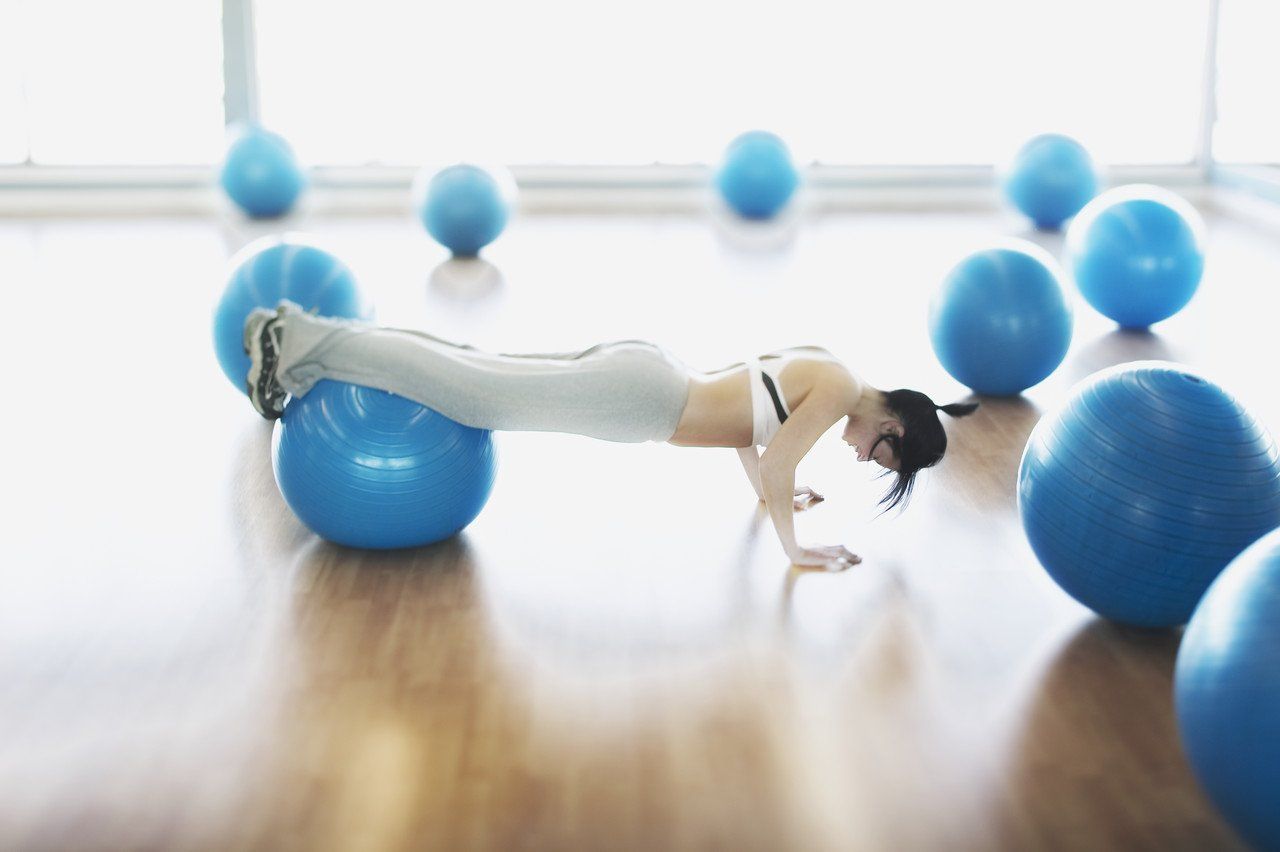Defeat Diabetes
How to Prevent or Reverse Type 2 Diabetes

Prevention is the KEY!
We are living in a global pandemic of diabetes! Diabetes will cause way more pain, suffering and death than Covid-19. Diabetes rates have never been this high. I’m sure you have a personal connection to diabetes – I certainly do. A few years ago I watched my grandfather slowly die of diabetes complications having undergone multiple leg amputations and infections. Since then I have been on a journey to educate the world on diabetes with the hope of elevating humankind’s health and wellness.
Lets start with some sobering stats from the CDC:
- almost half a BILLION people have diabetes!
- 1.5 MILLION Americans are diagnosed with diabetes every year.
- More than 100 MILLION in the US —over a third of the entire population—have diabetes or pre-diabetes.
- 20% with Diabetes don’t know they have it!
- 85% with prediabetes don’t know they have it!
- Diabetes rates have doubled in the past decade.
- By 2050 diabetes rates are expected to triple.
Now here are some scary facts of what health issues Diabetes can cause ultimately leading to a reduction in lifespan of 5-10 years:
- Cardiovascular disease including coronary artery disease, heart attack, atherosclerosis (hardening and plaque in the arteries) and stroke. 1 in every 3 people die of cardiovascular disease.
- Nerve damage (known as neuropathy). Usually manifesting as painful burning, tingling, and/or numbness in the feet or hands.
- Kidney damage (known as nephropathy) which can lead to kidney failure and dialysis.
- Eye damage (known as retinopathy) which can lead to blindness. In fact it is the number one cause of adult onset blindness.
- Foot damage due to poor blood flow and neuropathy. This can result in slow or non-healing wounds or ulcers and could eventually lead to infections causing foot and leg amputations. In fact it is the number one cause of amputations outside of war.
- Alzheimer’s disease and dementia.
- Non Alcoholic Fatty Liver Disease (NAFLD) which can lead to liver failure.
- Acute pancreatitis (a life threatening inflammation of the pancreas – the insulin production organ).
- Cancer – diabetes doubles your risk of developing certain cancers.
Imagine all the healthcare spending this will result in – especially given our aging population…
HELLO HEALTHCARE ARMAGEDDON!
Ok now that you’re scared lets figure out how to prevent, reverse or even DEFEAT diabetes. But first we need to give you an understanding of how diabetes develops.
How do you get Diabetes in the first place? When does type 2 Diabetes start?
Type 2 Diabetes, also known as adult onset, actually takes a long time to develop but usually starts at an early age. More on that in a minute. Years of poor lifestyle choices will eventually create a download spiral in your health. Unfortunately these early stages are often symptom free. Unless you are getting yearly check-ups including fasting blood glucose tests you could already be on the road to diabetes without even knowing it. Most individuals diagnosed with diabetes have already done damage and that is why PREVENTION in the first place is so crucial!
In Dr. Gerald Shulman’s seminal Banting Lecture, Mechanisms of Insulin Resistance: Obesity, Lipodystrophy, T2DM he discusses how they investigated lean, sedentary 20yr olds and found that insulin resistance (one the key components of diabetes) was ALREADY evident even though they were NOT overweight or obese. Key point here is that these 20yr olds were SEDENTARY. Now before we move any further you need to know what insulin resistance means.
What is Insulin Resistance?
You can think of insulin (released by the pancreas in response to elevated blood glucose) like the key to a lock. This insulin key normally unlocks muscle cells to let the sugar into the cell. Glucose can then be utilized for immediate energy or stored as energy (glycogen) for later. But when someone has muscle insulin resistance the key no longer works well. Think about when the lock on a door starts malfunctioning and you have to wiggle the key until it finally unlocks. Now that you have insulin resistance you aren’t able to get the glucose into as many muscle cells and it builds up in the bloodstream giving the keystone symptom in diabetes – hyperglycemia (elevated blood glucose levels).
Why is hyperglycemia so bad?
Since the cells aren’t getting the energy needed they are, in effect, starving. Also this elevated sugar increases the amount of solute (particles) in your blood but the sugar isn’t of any use floating in the blood. This causes water to be pulled out of the cells and interstitial fluid into the blood. These factors help explain some of the symptoms of diabetes:
- polyphagia (hunger)
- polydipsia (thirst)
- dehydration
- fatigue and lethargy (low energy)
- polyuria (increased urination)
Ok now that you know what insulin resistance is lets get back to those SEDENTARY 20yr old lean people. As a Human Biochemistry Professor I feel the need to share some important physiology with you next. If you do not have a Science background feel free to skip this part and head to the WOW heading below. For my Science peeps hang in there as we get after it!
Dr. Shulman’s team investigated the muscle physiology of these individuals and observed intramuscular fat deposition which is not where fat should be located in healthy individuals. They determined that this intramuscular fat was the biggest predictor of insulin resistance in sedentary populations. Another finding was that Diacylglycerols (aka DAGs) coming from stored fat (Triacylglycerols aka TAGs) were inhibiting the translocation of the cell’s membrane GLUT 4 receptor (which normally brings glucose into the cell). This mechanism of insulin resistance causes:
- inhibited muscle glycogen synthesis (remember extra glucose can be stored as glycogen)
- excess blood glucose is converted to fat in the liver
- elevated triacylglycerols (also known as triglycerides aka fat) in the blood
- lower HDL cholesterol, the ‘good’ cholesterol, reducing your ability to return extra cholesterol to the liver
Due to chronically high circulating triacylglycerols (fat) and cholesterol cardiovascular disease is accelerated. Fat accumulation in the liver will eventually lead to NAFLD (non-alcoholic fatty liver disease). This can eventually lead to end stage liver failure and/or liver cancer. They also found similar to the muscle tissue that the liver was also inhibited by DAGs from storing glucose as glycogen. Because of this inhibition the liver than ramps up the process of gluconeogenesis to increase blood glucose levels further by converting non-carbohydrates into glucose and this ACCELERATES hyperglycemia even further! AHHHH!!! MAKE IT STOP!!!
The research team concluded that what was most important was not if a person is obese or overweight but how that fat is distributed/stored in the body. If fat is stored in muscle and liver than that was the biggest predictor of insulin resistance.
WOW – that is a lot of info! At this point I’m sure you want to know...
How can I prevent Diabetes from happening in the first place?
MOVE AROUND!!! (mic drop)
(~sound of crickets~)
Wait… what? Just move around? Really?
YES! Move around people! Humans are not designed to sit all day and stare at screens. Their research showed that a single bout of exercise improved the ability of the muscle to store glucose as glycogen rather than converting it to fat in the liver! So imagine what would happen if you MOVED AROUND EVERY DAY! That’s right – movement along with a healthy diet will REALLY, REALLY reduce your chances of developing diabetes.
So are you saying I need to go to the gym?
No you don’t have to go to the gym. If exercise is new to you start with a 30 minute brisk walk everyday. Brisk means walk like you are late for a meeting (we all know how to do that!). After you are comfortable doing that add in something else like cycling, at home exercises like squats, push-ups, burpees. If you have kids or a dog go outside and play with them. Try and be active throughout the day and you will burn more calories and be less likely to store fat.
So in summary what should I do?
- Exercise often (shoot for a couple vigorous 20 min sessions/day) Daily Physical Activity (DPA) is best
- If you are overweight or obese a weight loss plan will reduce your chances of developing diabetes
- Make sure you fast for at least 12hrs per day – this means if the last thing you eat is at 7pm than no eating until 7am. (12-16hrs/day of fasting is probably best)
- Try not to snack between meals
- Reduce consumption of fast food, prepared foods, packaged items, processed foods
- Reduce consumption of meat and avoid processed meats like cold cuts/lunch meats
- If you eat meat choose only high quality meats raised properly/ethically – no factory farmed
- Focus on whole foods that don’t have an ingredients list
- Reduce carbohydrate consumption
- Eat more vegetables as these are good carbohydrates (sugars)
- Try a new vegetable every week
- Drink more water and eliminate sugary drinks like juice – especially pop
- Instead of drinking juice eat fruit instead. The fiber helps slow down your blood sugar spike
- Don’t buy products with glucose-fructose, high fructose corn syrup, or other added sugars
- Don’t eat fake sugars because you are more likely to overindulge on natural sugars
- Don’t eat foods that spike your blood sugar (check the glycemic index link below)
- Further to the previous point – avoid white bread, white rice, white potatoes
- Eat more healthy fats as they will satiate you longer and crush your carb cravings
- Eat more omega 3 fatty acids (like sardines) as they are anti-inflammatory
- Eat less omega 6 fatty acids (like grains) as they are pro-inflammatory
- Futher to the above point avoid industrial seed oils like soybean, corn, safflower, sunflower, canola oils etc.
- Use olive oil and vinegar for salad dressings
- If you are on blood pressure meds like statins try and reduce your high blood pressure naturally as statins increase your chance of developing Diabetes
- Stop smoking (smoking may double your chance of getting diabetes)
- Don’t overconsume alcohol (one or two drinks a day is fine)
- Stress less and sleep more
Here is a a great resource to know how certain foods spike your blood glucose (glycemic index):
Harvard Healthy Eating Glycemic Load
WOW – that is a lot of info and I’m only scratching the surface.
Bottom line – eat healthier and MOVE AROUND!
~Dr. Jory Basso, Dip SIM, MEd, DC, Associate Professor
Sources:
Mechanisms of Insulin Resistance: Obesity, Lipodystrophy, T2DM
https://www.mayoclinic.org/diseases-conditions/diabetes/symptoms-causes/syc-20371444
https://www.cdc.gov/media/releases/2017/p0718-diabetes-report.html
http://www.diabetes.org/diabetes-basics/statistics/
https://www.who.int/news-room/fact-sheets/detail/diabetes


